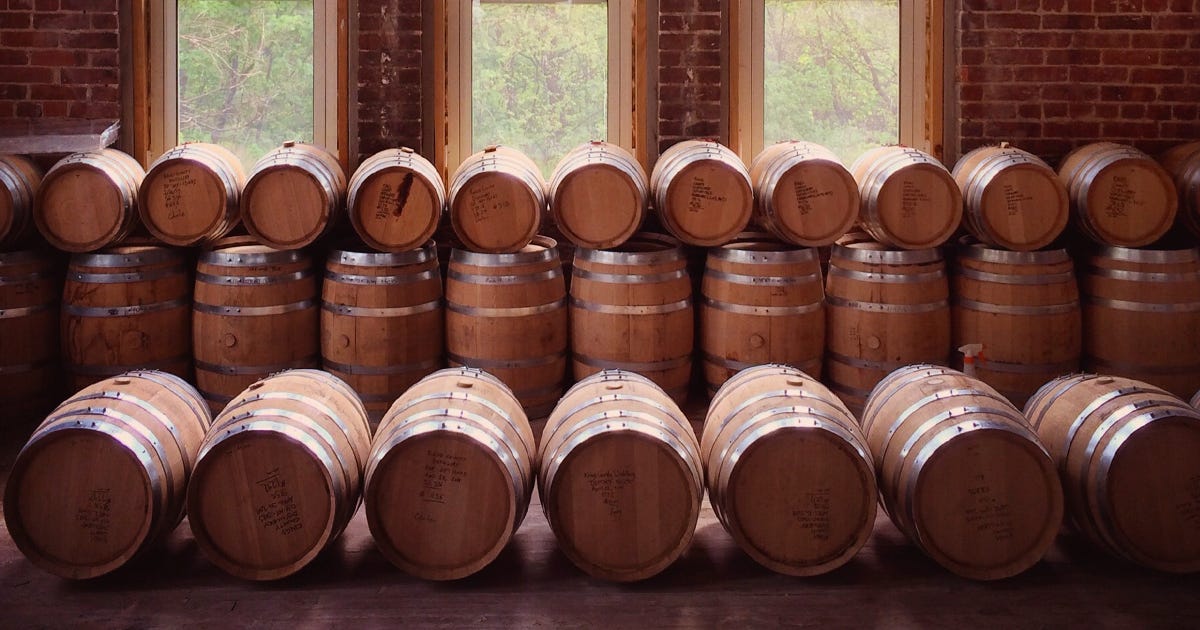

Whisky Production - Step 1 – Fermentation
This is where the alcohol is actually made. Barley grain is the main ingredient in single malt whisky and it is the starch in the grain that is turned into alcohol through the process of fermentation. Fermentation is a metabolic process that converts sugar into alcohol with help of yeast and this is the only way of making alcohol.
Malting
The first step is to malt the barley grain. Malting is the process of inducing germination in order for the enzymes present in the barley grain to convert the complex sugars held in the starch into simple sugars, or maltose, that can easily be fermented into alcohol. Traditionally this is done on a malting floor where the barley grain is first soaked in water for about 2 days and then spread out on the floor.
Germination
This is halted after 3 to 5 days by drying the grain with hot air once the optimum amount of starch has been converted to sugar. The drying takes place in a kiln and in most cases smoke from a peat fire is introduced to add phenols, a smoky aroma and flavor, to the whisky. Intensely smoky whiskies can have phenol levels of as high as 20–50 ppm, while more subtle malts are around 2-3 ppm.
The choice of barley grain also affects the flavor. Golden Promise revolutionized the industry in the 60s. It is hardy and fast maturing with superior malting abilities and was the choice of distillers for more than 20 years. More recently newer strains like Optic have been very popular as they deliver a higher yield of alcohol per ton.
Mashing
The dry malt is then put through a gristmill to make it into coarse flour called grist. The grist is then soaked in hot water in a large stainless steel kettle called a mash tun. The purpose of this is for the hot water to dissolve all the sugars and enzymes in the grist and allow the enzymes to convert the remaining starch into sugar. We now have wort, a sweet, sugary liquid ready for fermentation. The wort is separated from the mash by sparging, which basically means flushing hot water through the mash to collect all the sugar. This is normally done three times at 60, 72 and 88 degrees.
Brewing
The wort is pumped into a brew tank called a washback, yeast is added and the fun begins. The yeast feeds on the sugar and makes carbon dioxide and alcohol as a by-product. If you added hops you would have lager. The fermented wort is called wash and it is basically a beer with no hops and normally sits between 5 to 10% ABV. The brewing process is very carefully controlled because it can affect the final flavor of the whisky. Various kinds of yeast can affect the flavour of the whisky and brewers may use a combination of brewer’s and distiller’s yeast in the process to create the desired flavours. In some cases, if the conditions are suitable, wild yeast may also be introduced.


